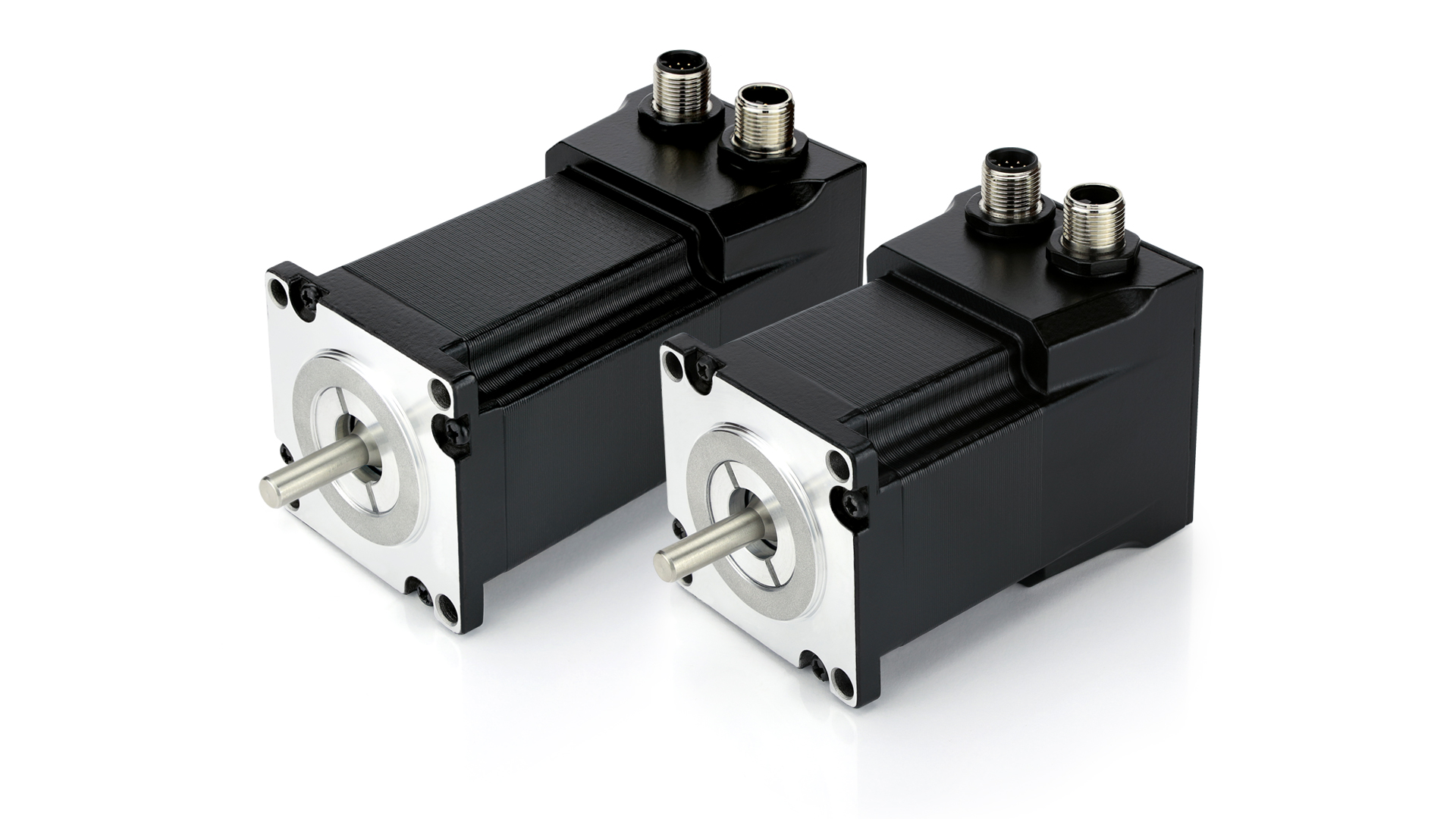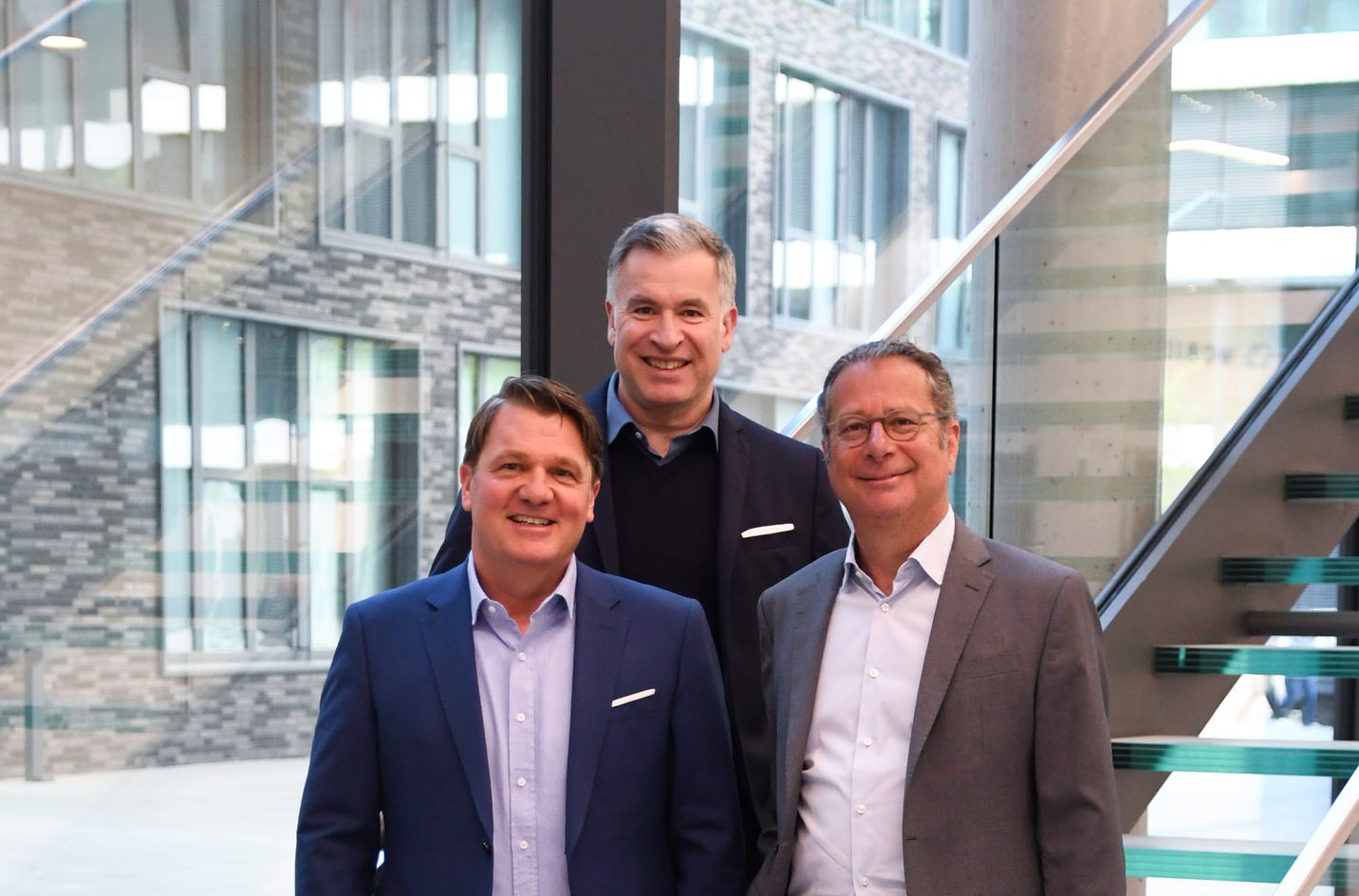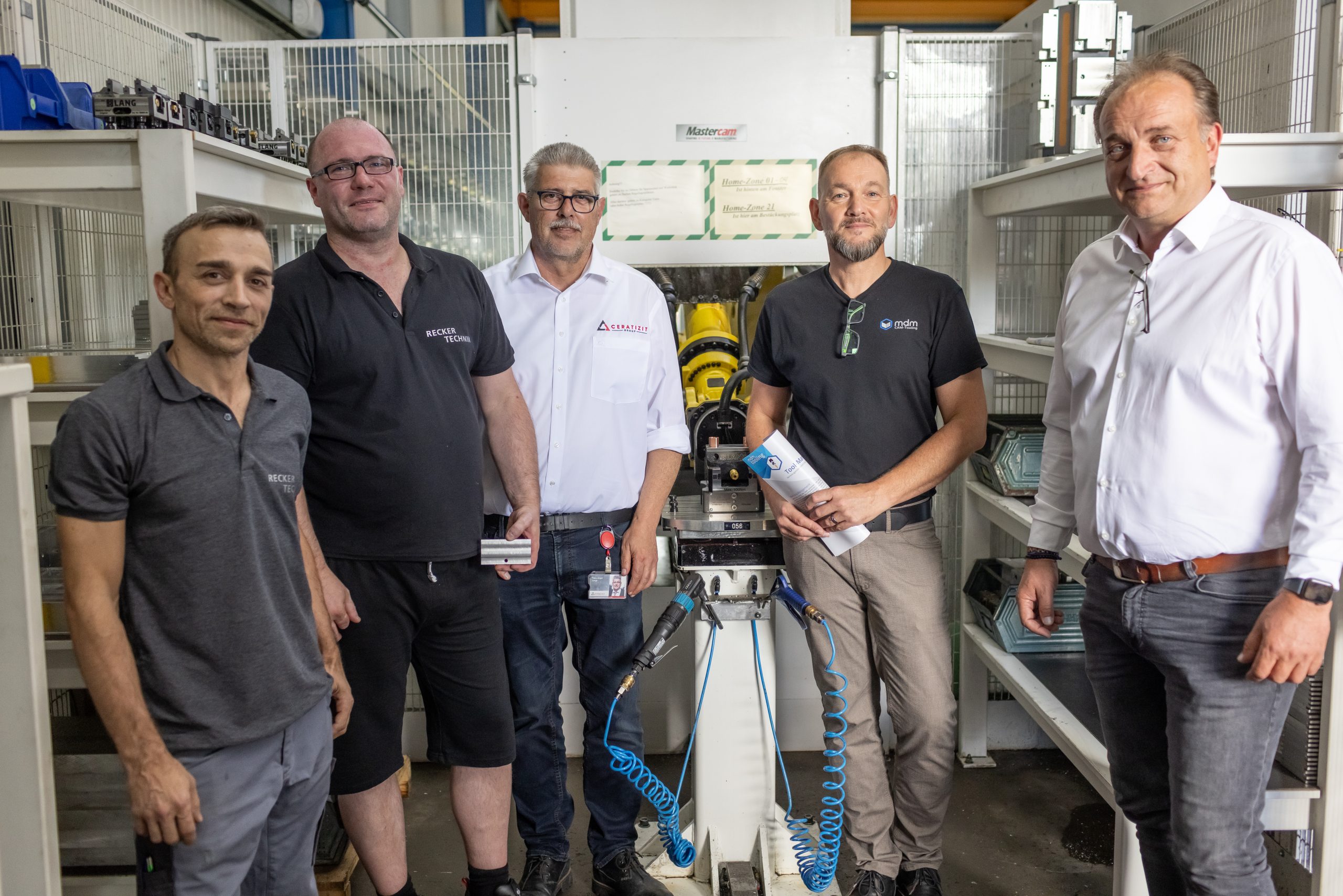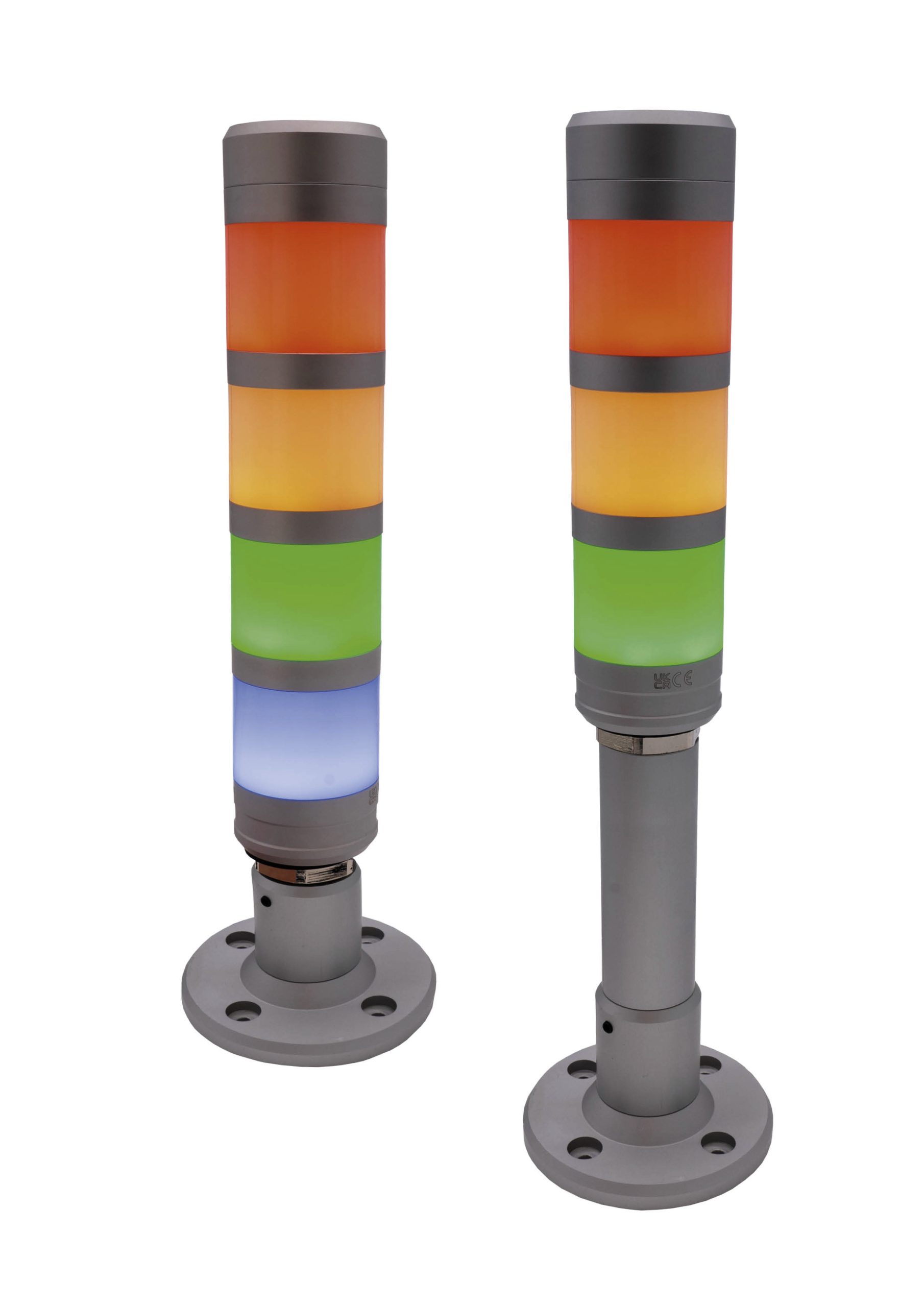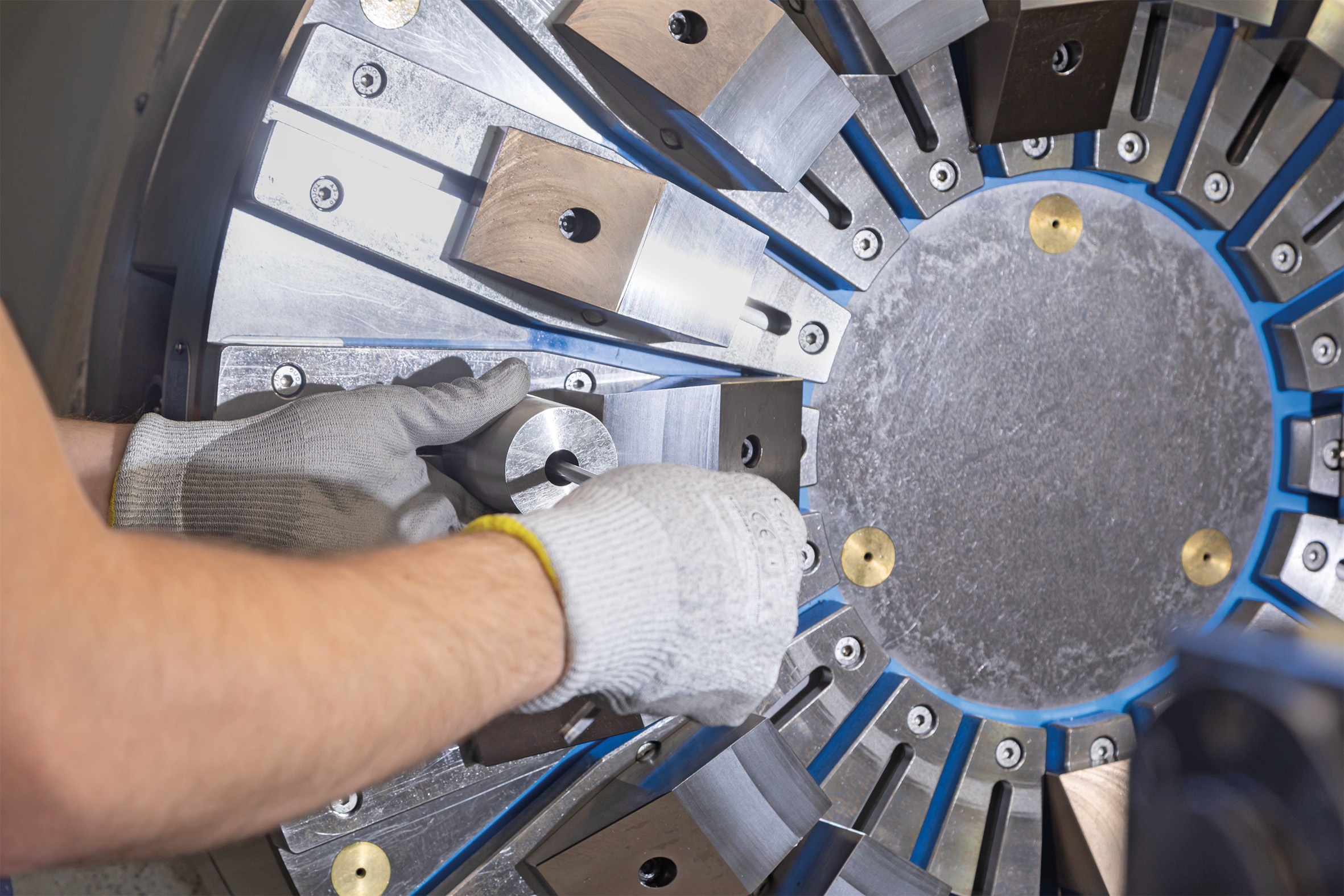\“Wearable HMI for automation concepts as demonstrated by Beckhoff Automation have been exciting subjects of discussion with numerous customers and tradeshow booth visitors,\“ says Aurelio Banda, president of Beckhoff North America. \“This already has taken the form of Google Glass and smart watches, and the approach can conceivably be adapted to any web-enabled device from a consumer electronics manufacturer. Whatever the form of a new wearable connected device from Google – or other electronics manufacturers such as Apple, Samsung and Microsoft – they will be easily integrated with machinery and other automated equipment via standard PC-based hardware and software tools from Beckhoff.\“ Tobias Antius, CEO of Novotek, a GE Intelligent Platforms\‘ channel partner working on an application with Google Glass, says he believes the shift inside of Google in relation to Glass is expected when such a product matures. \“I expect that Google Glass will reemerge under the same or a new name,\“ he says. \“Google Glass has always been one potential wearable for the use we seek, and the augmented reality field will develop with or without Google Glass. Our solution is using Google Glass today, but the technology is usable with any wearable that provides visualization possibilities.\“ Pointing out that the latest version of Google Glass had a number of challenges, Kevin McClusky, director of design services for Inductive Automation, says the biggest issue he saw was the price of Google Glass. \“$1,500 is a lot to drop on any technology, whether using it in the industrial sector or for personal use. Another issue I had was with the physical design. Although Glass worked fine, it wasn\’t industrialized, waterproof or certified for any plant floor operation.\“ Despite these shortcomings, McClusky notes, \“Glass started a fairly strong research movement in optical wearables. Companies around the world took notice and started working on competing technologies.\“ Andy Chang, senior manager of academic research at National Instruments (NI), also makes a clear distinction between consumer-oriented wearables, such as Google Glass, and industrial-ready wearable technologies. \“Although there has been some interesting ongoing discussion around the similarity and differences between the Consumer Internet of Things (CloT) and the Industrial Internet of Things (IIoT),\“ he says, \“it\’s important to note that the applications used in Google Glass are very different than the applications in which our technology has been deployed on similar wearables. For example, while many popular CIoT devices – such as the Pebble Smart Watch and Google Glass – have been popular trends with a short lifespan, technology such as the ActiGraph, which utilizes NI technology, has been used as physiological monitoring systems for many years by both the government and military.\“ McClusky expects any new version of Glass to be more \“sleek, elegant, modern, attractive and very functional,\“ he says. \“I really hope to see something that projects onto eyeglasses/safety glasses, and would love to find some industrial certifications to go along with it. I also have a feeling a more affordable unit is likely a strong design goal. A price tag more in the $750 range for the new version would really help with overall adoption and ultimately the success of the platform.\“ Based on these comments, the continuing development of Google Glass will certainly mean changes for technology as we know it, but the automation industry feels fine about it.
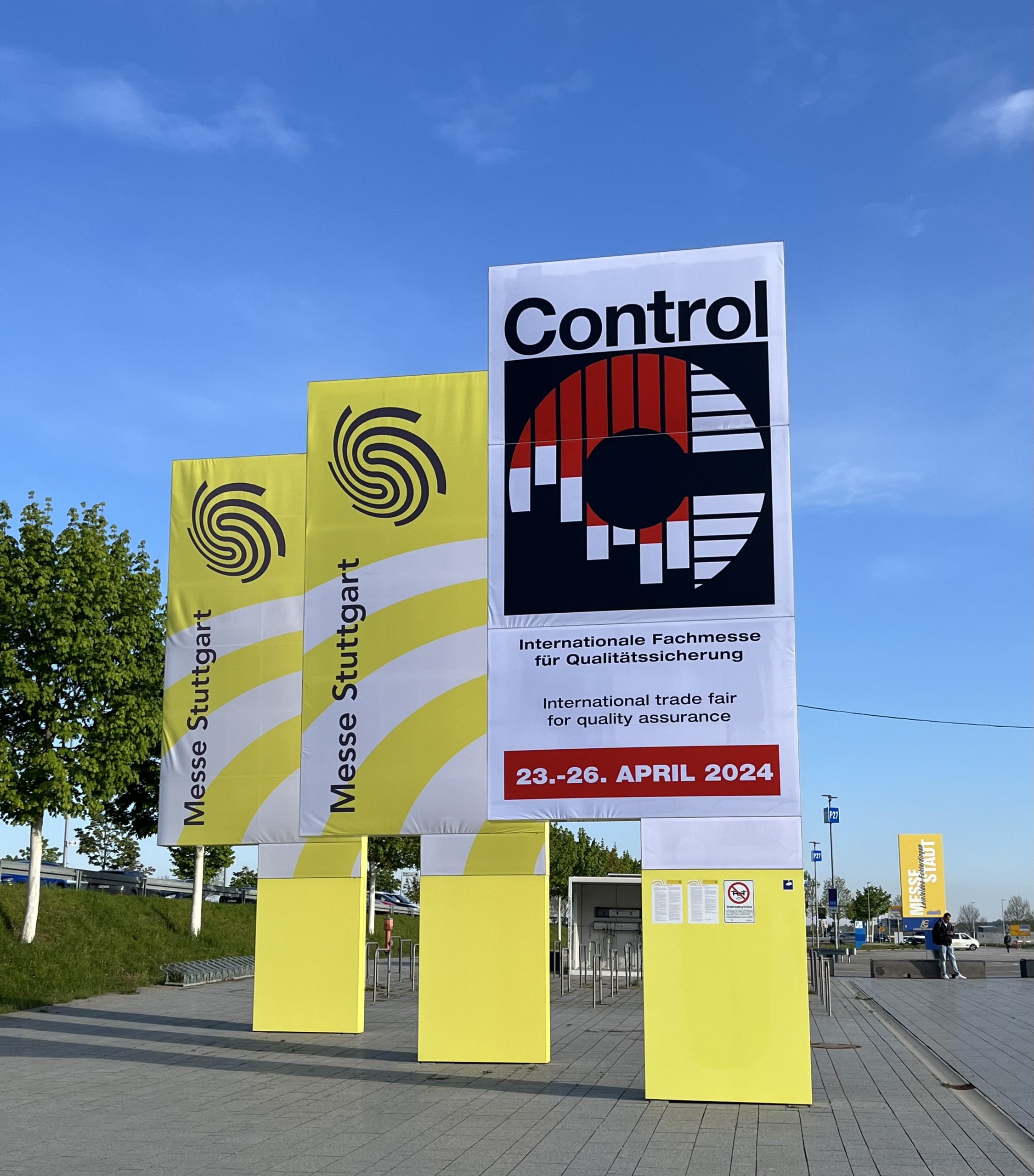
Gute Stimmung auf der Control 2024
Zur 36. Control, die vom 23. bis 26. April stattfand, kamen 475 Aussteller.


